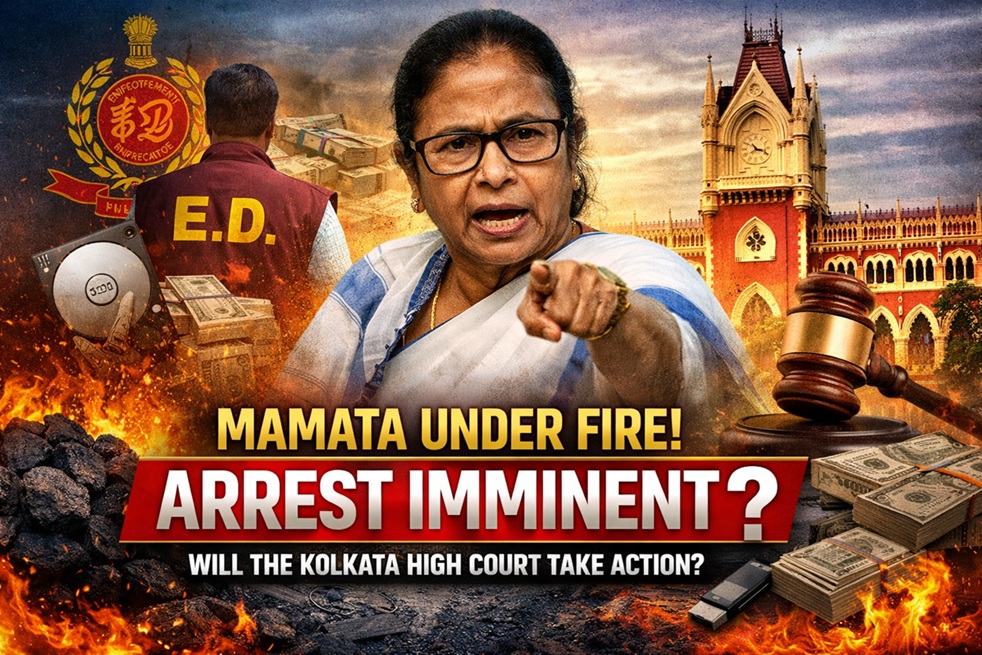The Supreme Court has delivered a significant blow to those who doubt the integrity of electronic voting machines (EVMs) in India. In a verdict on the EVM-VVPAT (Voter Verified Paper Audit Trail) case, the court rejected a plea for 100% verification of votes cast on EVMs with slips printed by VVPAT machines. The court also dismissed the alternative plea for a return to ballot paper voting. The court emphasized that blindly distrusting any aspect of the system can breed unwarranted skepticism and impede progress. The court stated that the increased voting percentage shows that voters have complete trust in EVMs and that the use of voting machines eliminates booth capturing. The court also cast doubts on the motives of the petitioning association, stating that there appears to be a concerted effort to discredit, diminish, and weaken the progress of the nation.
The court acknowledged the right of voters to question the working of EVMs, but also stressed the need for care and caution when raising aspersions on the integrity of the electoral process. Repeated doubts and despair without supporting evidence can create distrust and reduce citizen participation and confidence in elections.
The court highlighted the mechanics and safeguards embedded in EVMS to prevent wrongdoing and evaluate their efficacy and performance. It mentioned that the microcontroller used in the EVMs has one-time programmable memory, making it unalterable. The VVPAT (Voter Verified Paper Audit Trail) system, on the other hand, has a flash memory component for storing the bitmap file. The court emphasized that stringent checks and protocols have been put in place to prevent any artifice or deceit.
The court also rejected the suggestion of returning to the ballot paper system, citing the weaknesses and problems associated with it. It highlighted the advantages of EVMs, such as eliminating booth capture, reducing invalid votes, reducing paper usage, expediting the counting process, and minimising errors.
The court emphasized that imagination and suppositions should not lead to hypothesizing wrongdoing without any basis of facts. It stated that the credibility of the ECI and the integrity of the electoral process, earned over the years, cannot be overshadowed by baseless contemplations and speculations.
Following the Supreme Court’s verdict, the Prime Minister criticized the opposition leaders of the India Alliance, calling the verdict a tight slap on their face and a blow to those who used to loot ballot boxes on the day of polls. The India Alliance leaders, including Rahul Gandhi and Priyanka Gandhi, have expressed doubts about EVMs in the past. However, the Supreme Court’s verdict has been welcomed by ministers of the Modi government, who see it as a setback to the opposition’s attempts to spread confusion about EVMs.
Overall, the Supreme Court’s order reaffirms the credibility of the ECI and the EVM process, emphasizing the need for evidence-based decision-making and caution when questioning the electoral process. It serves as a reminder of the importance of maintaining trust and confidence in the democratic system. The court’s verdict has provided clarity on the issue and reaffirmed the integrity of EVMs in India.





